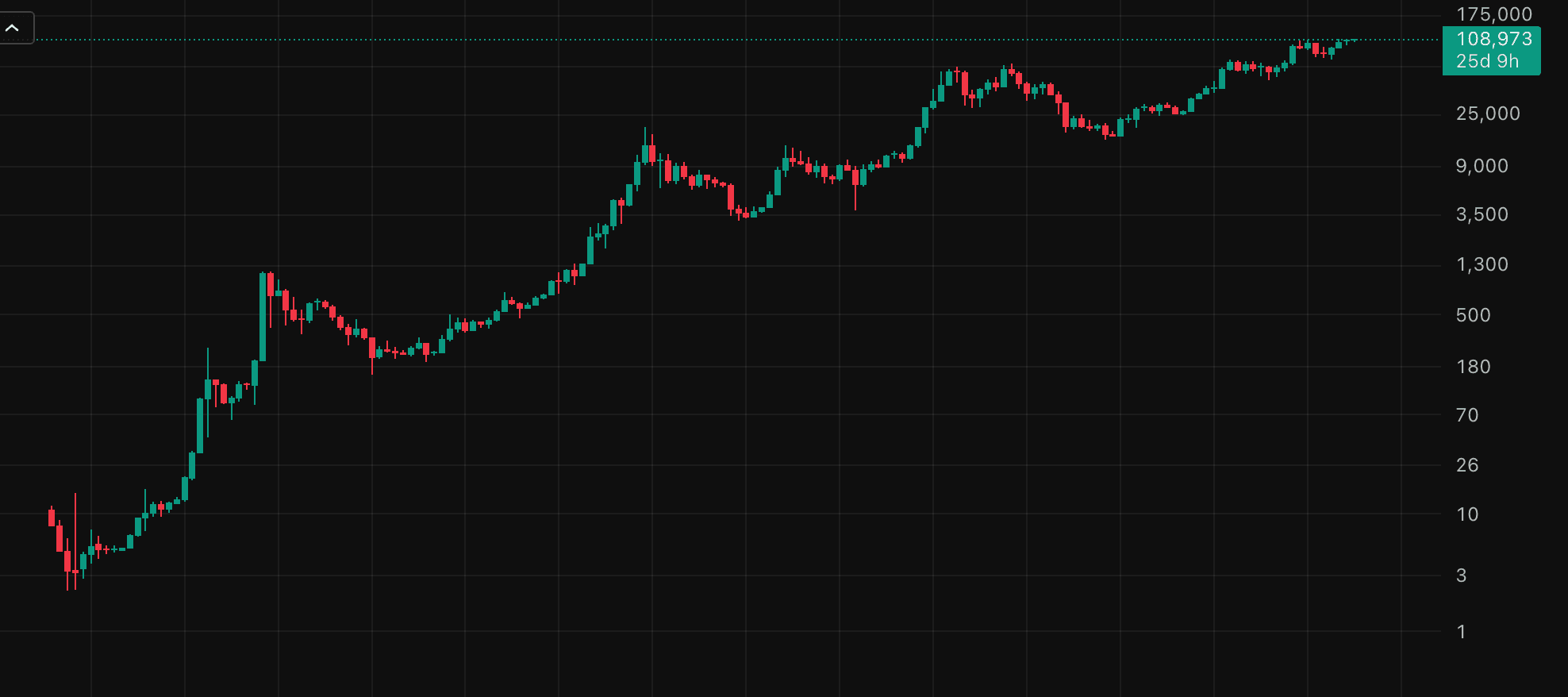If you can keep your head while all others around you are losing theirs, you will often find the best way out of a situation, and the same was true during the COVID crash. While many people panic-sold their bitcoins, it was the ones who bought who emerged as winners on this day.
NOK 34,000 proved to be the lowest point and the price of bitcoin hasn’t looked back since. March 13, 2020 was the start of the bull run we currently find ourselves in. On April 29, 2020, just over a month after the crash, the price was back to NOK 70,000 and with that bitcoin had recovered everything it had lost since March 13.
In August 2020, the price of bitcoin was NOK 110,000 kroner and there was renewed optimism on the market. Toward the end of October 2020, bitcoin saw another exponential increase that took its price from NOK 110,000 and past the previous high of NOK 175,300 set in 2017. On December 16, bitcoin made history by breaking NOK 175,300. On April 14, 2021, a new high was set at NOK 574,600 and with that the price had increased over 1,500% in just 14 months.
Once again, bitcoin was on everyone’s lips and this time there were major players involved too. Today, large companies, banks and pension funds own bitcoin and you’d be hard pushed to find someone who hasn’t heard of cryptocurrency and bitcoin.
As is always the case when prices increase too quickly, the price of bitcoin fell between May 10 and May 19, 2021 from NOK 527,000 to NOK 262,000. Over the next two months, the price hovered between NOK 260,000 and NOK 350,000 before new life was breathed into the crypto market towards the end of the summer. From July 21 to November 10, 2021, the price of bitcoin increased from NOK 260,000 to NOK 611,730, it highest price to date.

